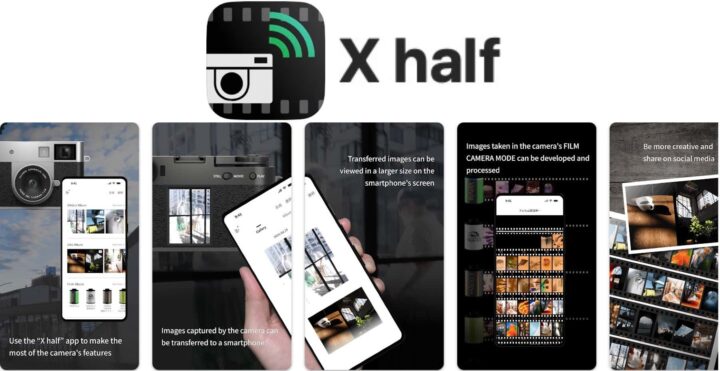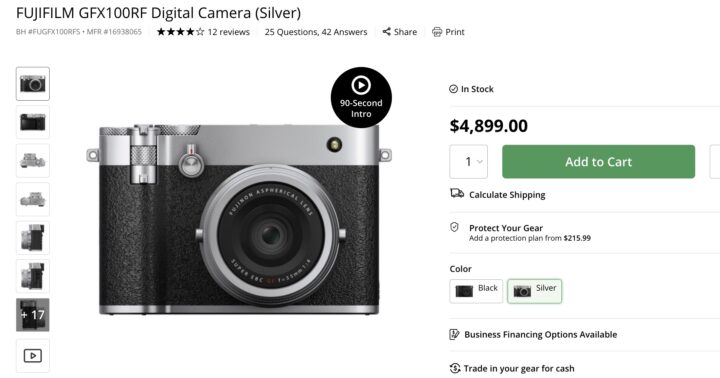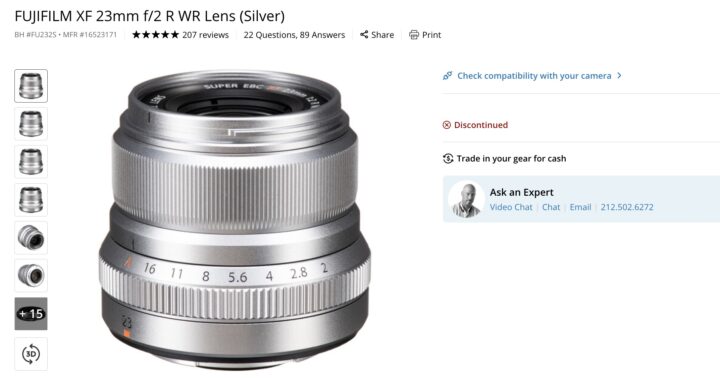Fujifilm X half App Available

When Fujifilm launched the brand new Fujifilm X half, they showed us some cool stuff you can do with it in conjunction with the new Fujifilm X half app.
Well, you can now already download the new Fujifilm X half app at the Apple Store here and Google Play store here.
The App will be a very important part of the Fujifilm X half shooting experience, especially when you use the analogue mode. So hopefully it will work super smooth with the new Fujifilm X half.
- Fujifilm X Half
USA: BHphoto / Amazon US (black – charcoal – silver) / Adorama / Moment / Nuzira / BestBuy / Paul’s Photo
CA: Amazon CA - Fujifilm X Half in EU/UK
UK: WexPhotoVideoUK / AmazonUK / ParkCameraUK
GER: AmazonDE / CalumetDE / FotoErhardt / Fotokoch
EUR: 50.8 Shop / PCHstore / AmazonFR / AmazonIT / AmazonES / AmazonNL
Worldwide: Amazon of Your Country




